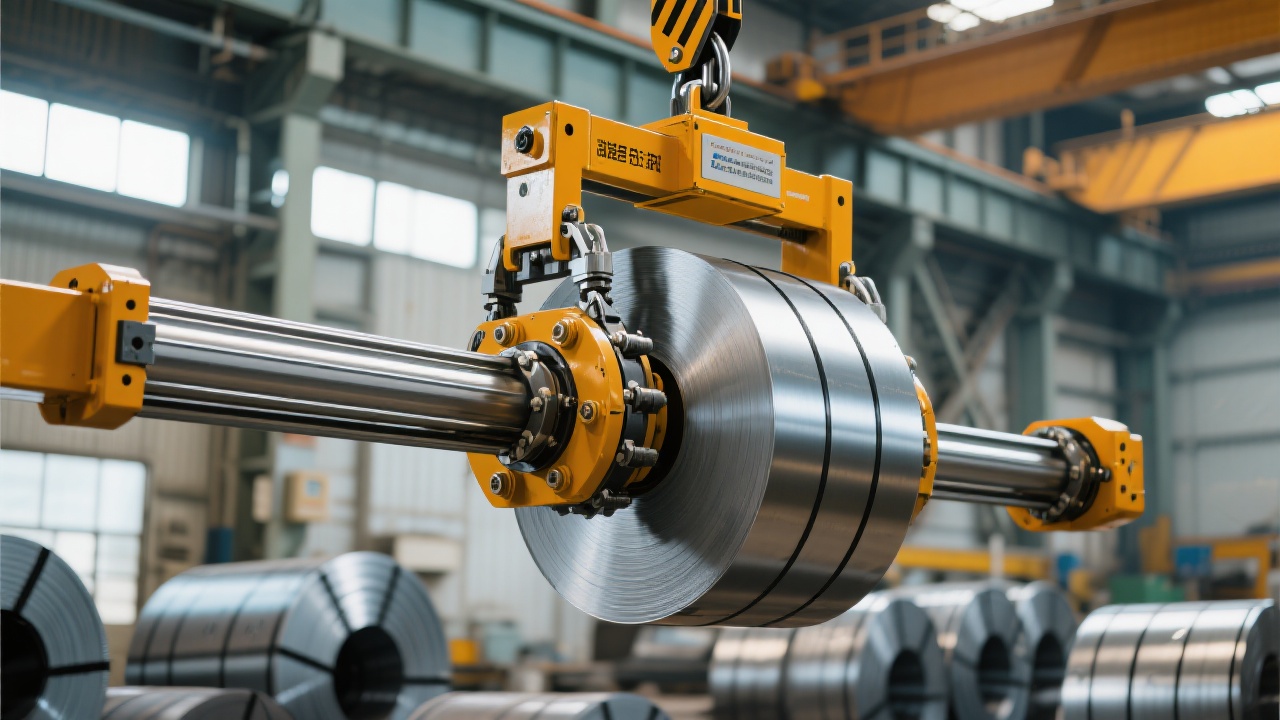
In the long - term operation of hot - rolling mills, slab clamps at high temperatures often encounter several common failures, which have a significant impact on the production rhythm and safety. According to statistics, these failures can lead to a production interruption rate of about 20% - 30% in some hot - rolling mills, seriously affecting production efficiency.
There are three main high - frequency fault phenomena in high - temperature slab clamps: hydraulic leakage, clamping failure, and slow action. Hydraulic leakage not only wastes hydraulic oil but also may cause environmental pollution. A technician from Titanium Ding Heavy Industry said, "Once, due to hydraulic leakage, the floor of the workshop became slippery, posing a great safety hazard to the workers." Clamping failure directly affects the normal handling of slabs. If the clamp fails to grip the slab firmly, it may cause the slab to fall during the handling process, leading to equipment damage and even personal injury. Slow action can cause delays in the production line, reducing the overall production efficiency.

Mechanical wear is one of the main reasons for clamping failures. For example, the jaws of the clamp are in direct contact with the slabs during long - term use, and the continuous friction and impact will cause the surface of the jaws to wear. In a certain hot - rolling mill, due to severe jaw wear, the clamping force decreased by nearly 40%, resulting in frequent clamping failures.
Seal aging is the root cause of hydraulic leakage. The seals in the hydraulic system are exposed to high - temperature and high - pressure environments for a long time, which will accelerate their aging process. Once the seals age and lose their sealing performance, hydraulic oil will leak out. An engineer from Titanium Ding Heavy Industry recalled, "In a maintenance, we found that the seals in the hydraulic cylinder had aged and cracked, resulting in a large amount of hydraulic oil leakage."
Abnormal control signals can lead to slow action or clamping failure of the clamp. For example, if the sensor in the control system fails to accurately detect the position and state of the clamp, the control system may issue incorrect instructions, causing the clamp to malfunction.
A daily inspection process should be established to quickly locate potential problems. Here is a simple daily inspection checklist:
| Inspection Item | Inspection Method | Acceptance Criteria |
|---|---|---|
| Hydraulic System | Visual inspection for leakage, pressure gauge reading | No leakage, pressure within the normal range |
| Jaw Wear | Measurement with calipers | Wear within the allowable range |
| Control System | Check sensor signals, test control commands | Signals are normal, commands are executed correctly |
Regular lubrication can reduce mechanical wear and ensure the normal operation of the clamp. Generally, the moving parts of the clamp should be lubricated every 1 - 2 weeks, depending on the actual working conditions.
For wearing parts such as seals and jaws, clear replacement thresholds should be set. For example, when the wear of the jaws reaches 5mm, they should be replaced; when the seals show signs of aging and cracking, they should be replaced immediately.

Automatic switch calibration and sensor status monitoring are crucial for preventing failures. Regular calibration of the automatic switch can ensure the accurate opening and closing of the clamp. At the same time, real - time monitoring of the sensor status can detect potential problems in advance and issue early warnings. By establishing an early - warning system, the non - planned downtime of the equipment can be reduced by more than 30%, and the overall safety and efficiency of the production line can be improved.
In actual working conditions, technicians can use the above - mentioned theoretical knowledge for practical operations. For example, when they find that the clamp is slow to act, they can first check the control system according to the inspection checklist, and then check the mechanical structure and hydraulic system. By following these steps, they can quickly locate and solve the problem, improving the stability and efficiency of the equipment.
Do you have similar problems in your hot - rolling mill? By implementing these maintenance strategies, you can significantly reduce non - planned downtime, enhance the safety of operations, and boost employee satisfaction. If you want to learn more about high - temperature slab clamp maintenance, click here to get more detailed solutions and case studies.

